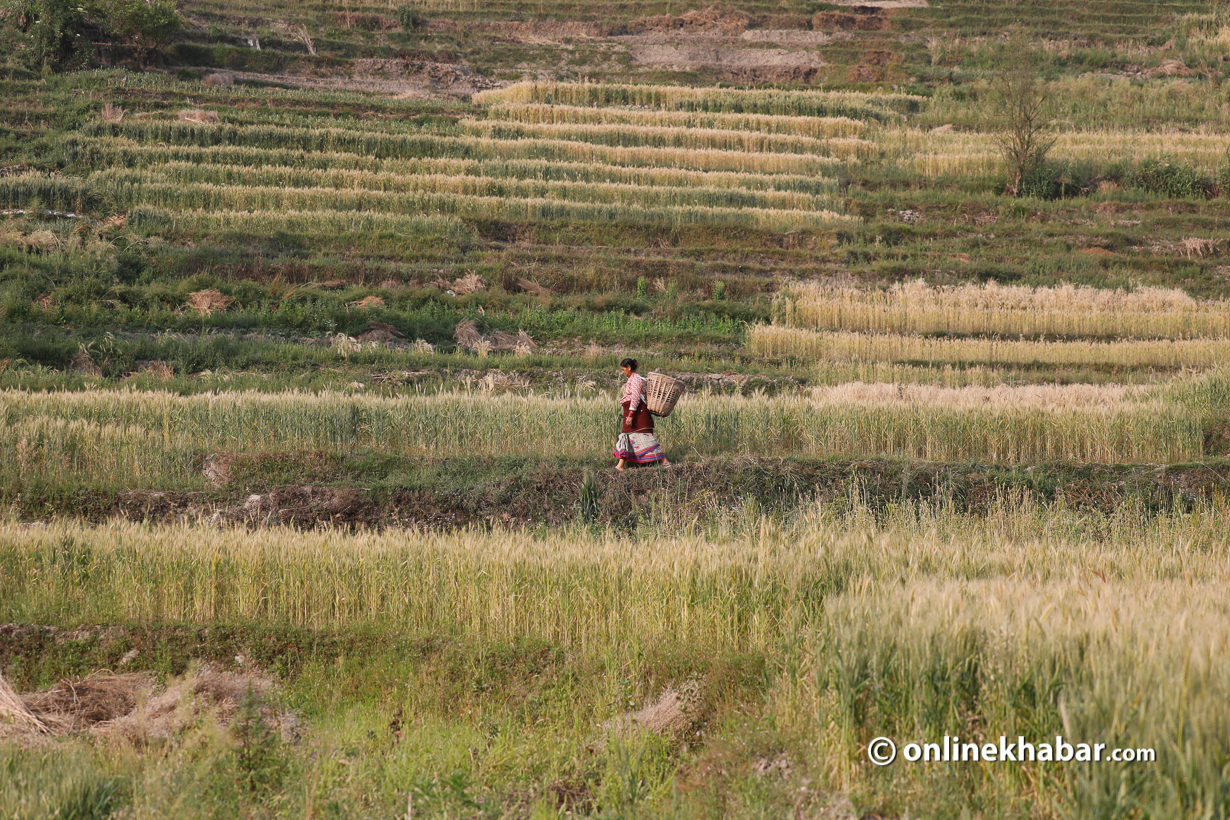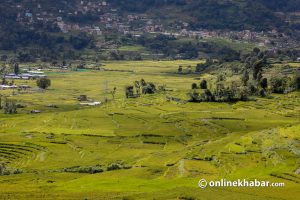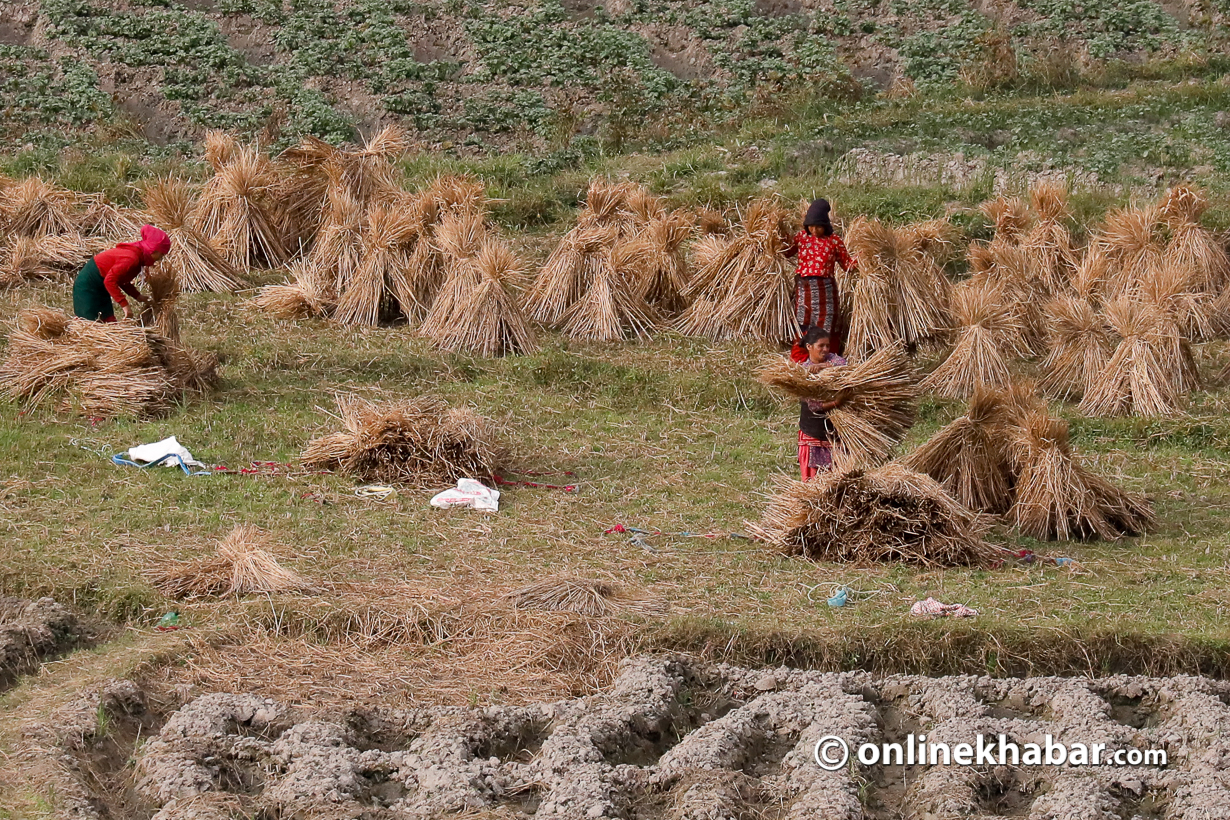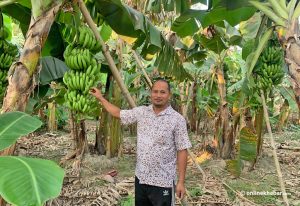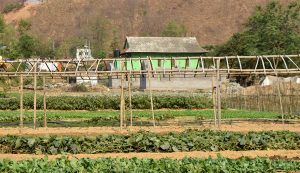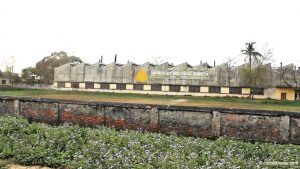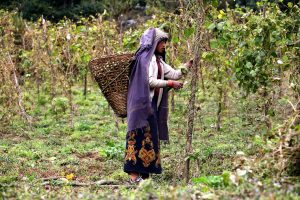Food is one of the basic human needs and rights. So is food security.
It is significant as it nourishes the human body sustaining the very existence of humans. We are the result of what we eat. Not only does food define our existence, but it also shapes our physical, mental, social, and economic well-being. We must realise that the way we eat affects how the world is used.
However, with 800 million people going to bed hungry every night, the world needs a sustainable food system capable of feeding quality food to every person, every day. The prevalence of starvation and malnutrition is a critical reflection of the failure of the current food system, thus triggering food insecurity.
According to the World Food Summit (1996), the population is food secure when all people, at all times, have physical, social, and economic access to sufficient, safe, and nutritious food which meets their dietary needs and food preferences for an active and healthy life. Based on this definition, food security involves four pillars–availability, access, utilisation, and stability–acting as equally useful tools for food security analysis.
So, what is the situation in Nepal as far as food security is concerned?
The current food system in Nepal

Nepal is an agricultural country, providing a living for 65 per cent of the people through agriculture. However, it has not been self-sufficient in food for the past several years since its production growth rate is slower than its population growth rate.
Meanwhile, the lack of interest of youth in agriculture; the use of old techniques; a lack of irrigation, fertiliser, and pesticides; and various other factors which fall under the umbrella of supply chain management can be considered some of the major factors for slow production growth in Nepal.
While compared to the days of the 1960s when the cereal yield in Nepal was 198 per cent higher than Bangladesh and 212 per cent higher than Sri Lanka, the significant loss in production now raises questions about food security in Nepal.
Limited livelihood and economic opportunities; frequent natural disasters and social conflicts; inadequate market connectivity due to poor infrastructure; as well as regional heterogeneity, gender, caste inequality and so on are considered the reasons for food insecurity and malnutrition in Nepal. To achieve the goals of food security, food must be available to the individuals either by domestic production, food aid, or international import.
Moreover, the problem in the food supply chain system and management in Nepal is a disaster for both producers and consumers themselves. The supply and distribution of food are largely handled by middlemen and small groups of businesses, which has created a monopoly in pricing and transportation. Because of this, the producers do not get the actual price of their products whereas the consumer has to pay an explicitly high amount. Then, vegetables and fruits produced in various parts of Nepal fail to reach the market on time and end up rotting during transportation.
Likewise, improper warehousing and a lack of knowledge about the segregation of food in cold storage is another big issue resulting in the wastage of produced food. Thus, the lack of good governance in both domestic products and international imports has largely impacted the farmers and consumers of Nepal.
The Government of Nepal allocates limited budgets in the agricultural sector, most of which are used to provide salaries to staff. Limited research in agriculture and a deficit in the introduction of new technology further pose a hindrance to the agricultural system and food security. Despite various NGOs and INGOs working intensely to alleviate food insecurity, the major consequences visible to everyone are the malnourished children in remote areas of Nepal. Neither the pregnant women, adolescents, and new mothers in rural areas of Nepal have easy access to nutritious food. Food insecurity has worsened as a result of the Covid pandemic due to restrictions on food production, and movement, resulting in the closure of all restaurants, factories, marketplaces, and shopping centres.
According to the Ministry of Health (2017), when comparing the prevalence of food insecurity in the mountain/hilly, and Terai regions, the mountain/hilly regions appear to have higher rates of food insecurity than the Terai region at 14 per cent and 9 per cent respectively.
Similarly, 12 per cent of people in rural regions are severely food insecure, while 9 per cent are in urban areas. Even though Nepal has shown improvement in food security in recent years, the rough estimation suggests Nepal still imports food items like vegetables, fruits, rice, wheat, and packaged food worth $3.5 billion per year.
The recent trend revealed that even the cities and urban areas like Kathmandu and Pokhara rely largely on Indian marketplaces for all sorts of food grains, vegetables, fruits, and other food items, thus echoing the failure of the current food security and supply chain management systems in Nepal.
Nepal’s constitution and food security

Food is included among the fundamental rights in the country’s constitution. According to article 36, every citizen has a right relating to food. The Right to Food and Food Sovereignty Act, 2018, says that all Nepalis have the right to be free of hunger.
Similarly, The Agricultural Development Strategy (ADS), 2015-2035, places a strong priority on competitiveness, enhancing lives, access to food, and nutrition in the commercial agriculture sector of the country. The Multi-Sector Nutrition Plan (MSNP), 2018-2022, brings together the health, education, and agriculture sectors. To provide nutrition, the WASH and agriculture sectors must work together. These acts and strategies are crucial and critical in the wake of food and nutrition security.
Things to do to
The use of Information and Communication Technologies (ICTs) also has the potential to address this problem on both local and global levels. Many international organisations employ ICTs to map and monitor global food supplies, as well as early warning systems to respond to disasters and strengthen the food supply chain, ultimately enhancing food security.
However, in developing countries like Nepal, the use of ICTs by farmers and rural people to combat hunger and food insecurity is still in its early stage and its full potential has yet to be realised.
Moreover, eradicating hunger and food insecurity requires the ability to engage in sincere political engagement and discourse. Pro-poor and pro-women research, extension, and capacity-building projects should be prioritised to ensure food security.
To boost food production, distribution and access, the government must prioritise irrigated agricultural production and transportation connectivity. Higher economic development, equitable distribution, and a mix of policies such as the effective implementation of anti-poverty programmes, improved health education, and employment is required to alleviate the food insecurity problem.




